Life cycle assessment
LCA methodology and comparison with fossil fuels
Introduction
The importance of sustainability and environmental impact is currently increasing, and methods to identify and classify these characteristics are becoming more prevalent as a result. One such method is Life-Cycle Assessment.
What is an LCA?
Life-Cycle Assessment, or LCA, is a powerful method of examining a product’s entire environmental impact, from the extraction of raw materials to its disposal or recycling. Often referred to as a ‘cradle-to-grave’ analysis, LCA enables us to see how our products affect the planet throughout their entire lifespan.
Whether you are looking at a physical product or the service it provides, LCA breaks things down into three essential steps:
- Measuring what goes in and comes out: This includes tracking energy use, raw material consumption, emissions and waste.
- Evaluating the impact: What kind of environmental footprint do those inputs and outputs leave behind?
- Exploring better alternatives: How can we reduce harm and make smarter, more sustainable choices?

LCAs help businesses and individuals to boost resource efficiency, cut environmental liabilities and move closer to truly sustainable design and decision-making. [1]
How is it done?
LCA is defined by ISO 14040. To execute an LCA tools such as the ILCD Handbook and the Environmental Footprint methods have been developed to support its practical application, especially in the EU.
The LCA process is divided into four main phases. The first phase involves defining the goal and scope. This phase establishes the purpose, audience, functional unit and system boundaries. Next is the Life Cycle Inventory phase, which involves collecting data on energy, materials, emissions and waste inputs and outputs throughout the product system. Once the inventory is complete, the Life Cycle Impact Assessment begins, linking the data collected in the inventory to environmental impact categories using standardised models. This phase includes four sub-steps:
- Classification: inventory inputs and outputs are assigned to relevant impact categories.
- Characterisation: their contribution to each category is quantified using substance-specific factors.
- Normalisation: the results are scaled relative to a reference unit to show the significance of impacts.
- Weighting: impact categories are ranked by importance and an overall environmental score is generated.
While normalisation and weighting are optional under ISO 14040, they are mandatory in the EU’s Environmental Footprint methods. Finally, the interpretation analyses the results for consistency and reliability, aligning them with the original study objectives. [2]
Comparison between a fossil fuel and SEMPRE BIO’s LCA
Using the LCA methodology to compare gasoline and SEMPRE-BIO’s biomethane reveals significant differences in environmental performance across key impact categories. The life cycle of gasoline is characterised by a high global warming potential (GWP), primarily due to direct CO₂ emissions during combustion and the extraction and refining of fossil fuels. Its environmental profile also includes elevated impacts related to fossil resource depletion and human toxicity, and there are no mechanisms in place to offset emissions.
In contrast, the LCA of SEMPRE-BIO’s biomethane, which is produced from waste biomass and upgraded using renewable hydrogen, demonstrates markedly lower lifecycle emissions. With over 80% CO₂ conversion efficiency, SEMPRE-BIO minimises GWP and actively reduces net emissions through CO₂ valorisation. This process converts captured carbon into valuable products such as biopolymers and proteins, which improves its environmental footprint further.
Compared with other biofuels such as bioethanol, which despite having a lower GWP can contribute to acidification and eutrophication due to fertiliser-intensive feedstocks, the use of waste streams and closed nutrient loops in SEMPRE-BIO‘s production process is advantageous. By mitigating these environmental trade-offs and aligning with the EU’s Environmental Footprint methodology, where normalisation and weighting enhance comparability, SEMPRE-BIO offers a comprehensive and robust sustainability profile. Ultimately, by integrating circular economy principles and aligning with EU climate and energy objectives, SEMPRE-BIO is positioned as a forward-looking model for decarbonised transport solutions. [3]
Fonts:
[1] https://www.eea.europa.eu/help/glossary/eea-glossary/life-cycle-assessment
[2] https://eplca.jrc.ec.europa.eu/lifecycleassessment.html
[3] https://re.public.polimi.it/retrieve/e0c31c12-6bf8-4599-e0531705fe0aef77/ Nobili_2020_Comparative LCA.pdf
Author: Sofiia Savchenko
Editorial: Lucía Salinas and Laia Mencia
Date: July, 2025


This project has received funding from the European Union’s HORIZON-CL5-2021-D3-03-16 program under grant agreement No 101084297. Views and opinions expressed are however those of the author(s) only and do not necessarily reflect those of the European Union or the European Commission. Neither the European Union nor the granting authority can be held responsible for them.

